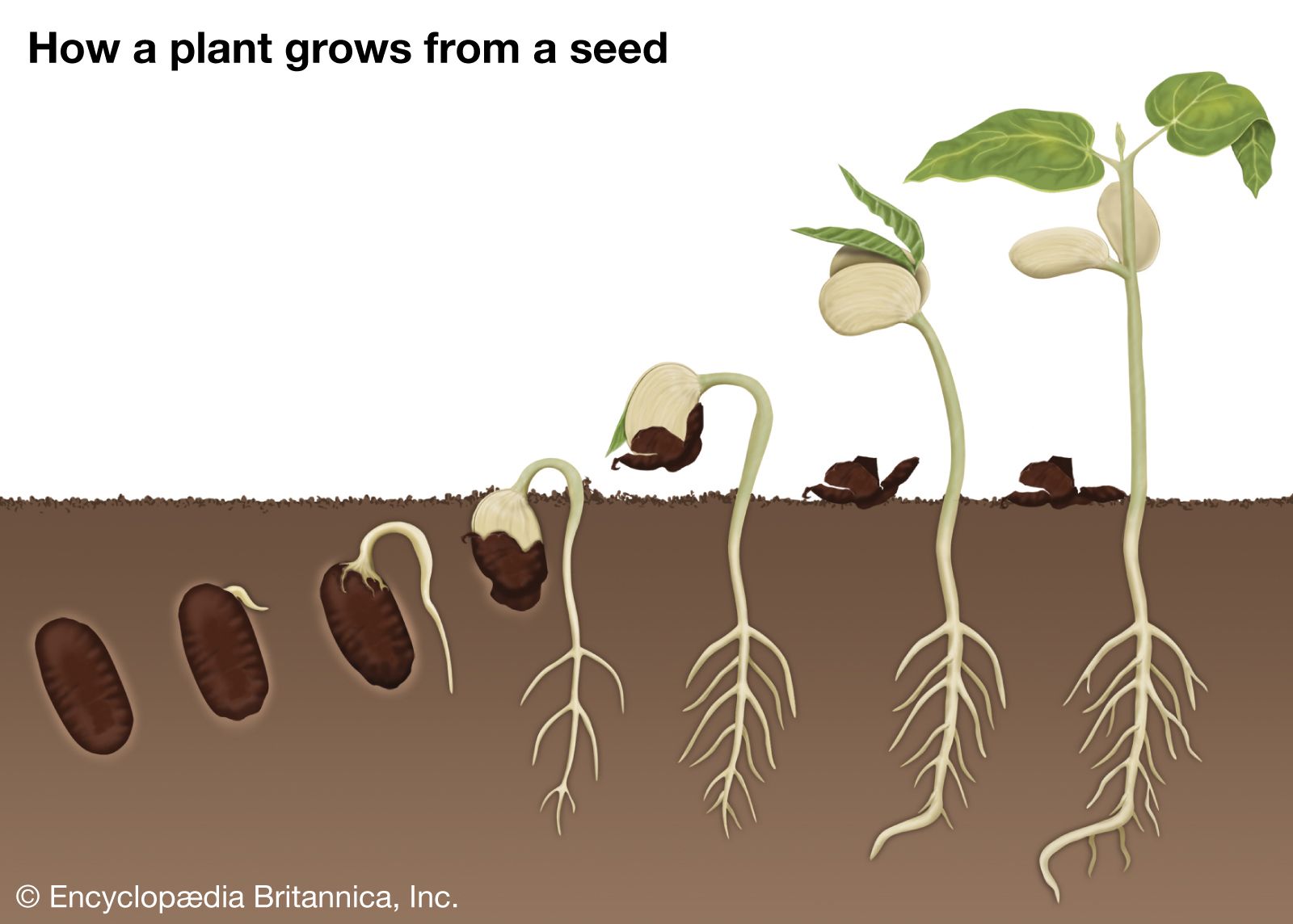Alliums are a popular group of plants that include versatile vegetables like onions, garlic, leeks, chives and shallots. Before you can grow your own alliums, you need to know how to properly germinate, store and sow allium seeds. With some key information, you’ll be harvesting homegrown alliums in no time!
Germinating Allium Seeds
Germinating allium seeds is a simple process. but there are a few key steps to ensure success
-
Start with high-quality seeds, You can purchase fresh seeds from reputable suppliers or save ripe seeds from your own plants at the end of the season,
-
Use a seed starting mix. Fill seed trays or pots with a sterile, soilless mix made for seed starting. This will prevent diseased and give seeds the proper drainage.
-
Moisten the soil. Water the seed starting mix until damp but not saturated. Proper moisture is vital for seed germination.
-
Scatter seeds. Sprinkle seeds evenly over the soil surface. Don’t bury them too deep.
-
Cover lightly. Add a thin layer of vermiculite or more starting mix. This helps retain moisture.
-
Provide warmth. Place trays or pots in a warm spot like a sunny windowsill. Optimal germination temperature is 70°F.
-
Keep soil moist. Mist gently to keep seeds from drying out during the germination period.
-
Allow 1-2 weeks. Most allium seeds will sprout within 7-14 days when conditions are right.
Storing Allium Seeds
If you won’t be planting seeds right away, proper storage is important to maintain viability:
-
Allow seeds to dry before collecting them. Place mature, dry seeds in airtight containers.
-
Label containers with the seed type and harvest date for easy identification later.
-
Store in a cool, dry place like a pantry or fridge. Consistent low temperature and low humidity preserves seeds.
-
Check viability yearly. Allium seeds stay viable for 2-3 years when stored correctly. Discard any that are moldy.
Proper storage keeps seeds alive and ready for planting when you need them!
Sowing Allium Seeds
Once seeds have sprouted, it’s time to transplant seedlings or sow seeds directly outdoors:
Transplanting Seedlings
-
Prepare garden beds in full sun with rich, well-draining soil. Space plants according to mature size.
-
Gently remove seedlings from trays, disturbing the roots as little as possible.
-
Dig holes slightly larger than each root ball. Place seedlings at the same depth as in the tray.
-
Water transplants well and provide even moisture as they establish. Mulch to retain moisture.
-
Fertilize lightly per variety instructions once seedlings resume active growth.
Direct Sowing Outdoors
-
Choose a site with full sun and loose, crumbly soil. Rake beds smooth and remove weeds/debris.
-
Refer to seed packets and sow seeds at the recommended depth and spacing.
-
Cover seeds gently with soil or compost. Water gently to moisten soil.
-
Mark rows with plant labels. Mist regularly to keep seeds from drying out.
-
Thin overcrowded seedlings once they sprout. Transplant thinnings or use as microgreens!
Key Tips for Allium Seed Success
Follow these tips and you’ll be on your way to a thriving patch of homegrown alliums:
-
Not all ornamental alliums produce seeds, so check variety info before collecting.
-
Start seeds indoors 6-8 weeks before your last spring frost date.
-
Soak seeds in warm water for 12-24 hours before planting to increase germination rates.
-
Provide consistent moisture and warmth for best germination results.
-
Transplant seedlings outdoors after hardening off when daytime temps stay above 50°F.
-
Direct sow seeds in the garden 2-4 weeks before the last frost date.
-
It will take 2-3 years for seed-grown alliums to reach mature blooming size. Be patient!
Growing alliums from seeds takes some time and care upfront, but the payoff of homegrown bulbs and flowers makes it worthwhile. Follow these tips for allium seed success in your garden!

Your Guide to Planning, Planting, and Growing Alliums
Alliums are members of the onion family. Cut a stem or crush a leaf and the connection is obvious! In the garden, these late spring and early summer flowers have a look that’s both regal and playful.
An allium flower head is a cluster of individual florets. The overall shape of this flower cluster can be round, oval or cascading, and the flower color may be white, yellow, pink, purple or blue. Heights also vary, with some alliums standing just 5 inches tall, and others reaching 4 feet. Each type of allium adds its own distinctive style and personality to the garden.
Where to Plant Alliums
Perennial Gardens: Most alliums bloom in late spring, along with the last tulips and just before irises and peonies. The flowers last for weeks and appear to hover over the garden like balloons. After flowering, both flowers and foliage fade away, allowing summer perennials to take center stage. Some of the best alliums for perennial gardens include Gladiator, Globemaster, Purple Sensation and Allium christophii.
Rock Gardens: Alliums are well-suited to rock gardens, where they thrive in the well-drained pockets between rocks. Choose species that are smaller in size, such as Allium flavum, Allium karataviense and Allium sikkimense.
Cutting Gardens: Alliums are excellent cut flowers. Their stiff stems make them easy to arrange, and the flowers are very long lasting. Planting alliums in a cutting garden will ensure you always have a plentiful supply of flowers for bouquets. Choosing several different types will give you flowers throughout the season. Good options include Purple Sensation, Allium atropurpureum, Mount Everest, Allium sphaerocephalon and Allium tuberosum.
Containers: Many alliums grow well in containers, either planted alone or mixed with in other plants. When they come into bloom, you can move the planter to a prominent spot where the flowers will be easy to admire.
Growing Plants From Seeds : How to Grow Alliums From Seeds
FAQ
When should you sow allium seeds?
How do you collect and store allium seeds?
How long are allium seeds viable?
